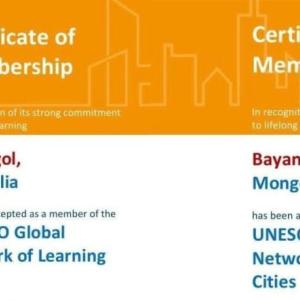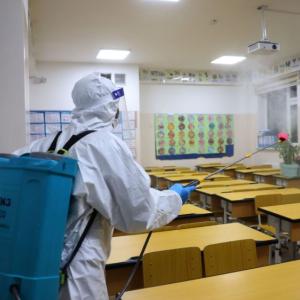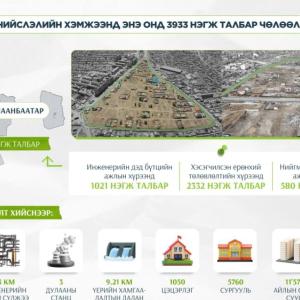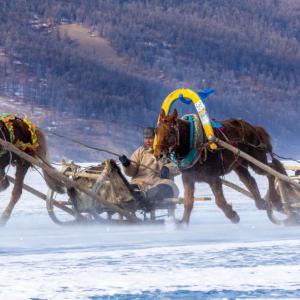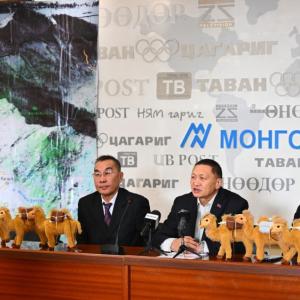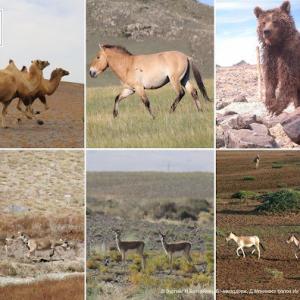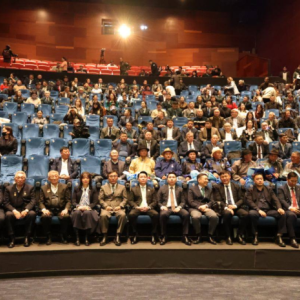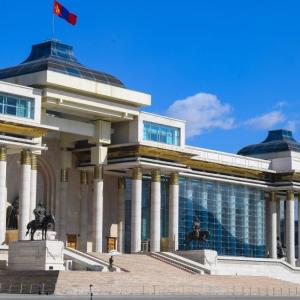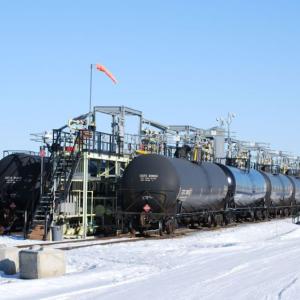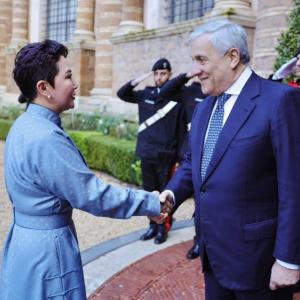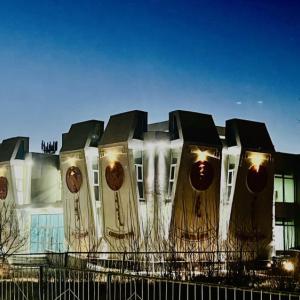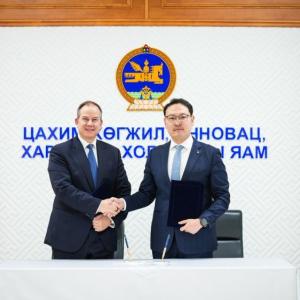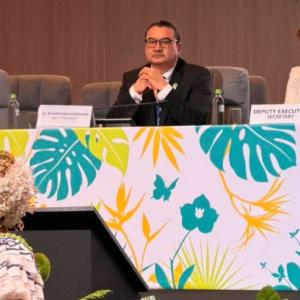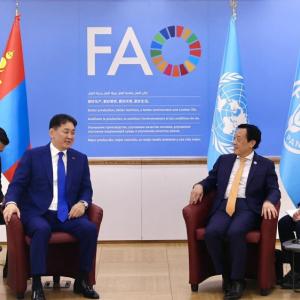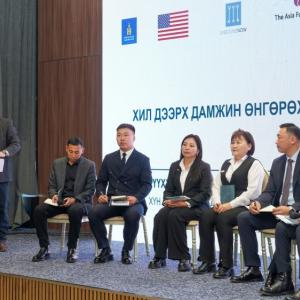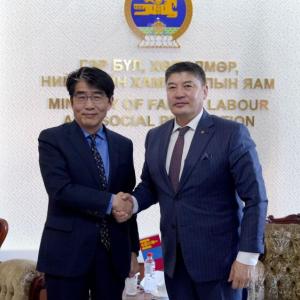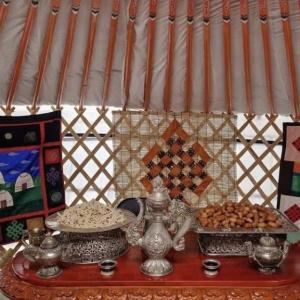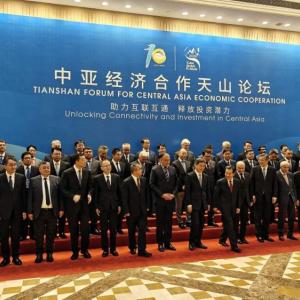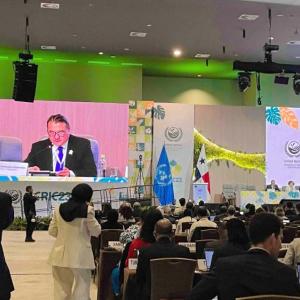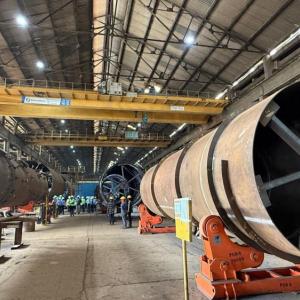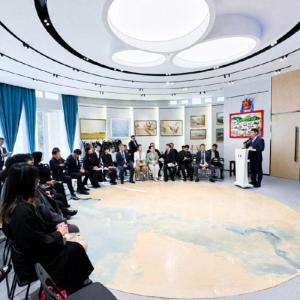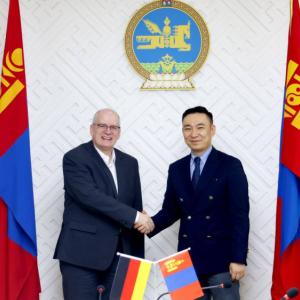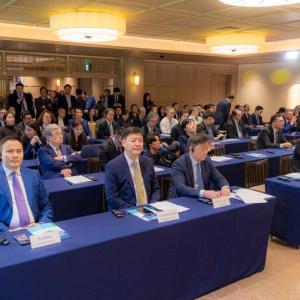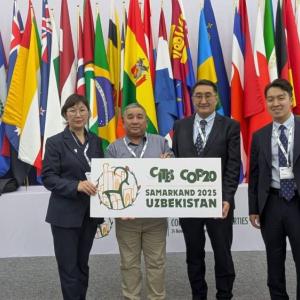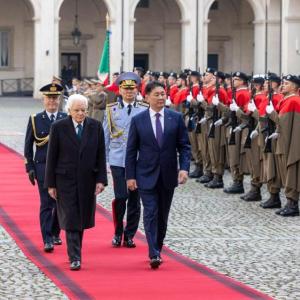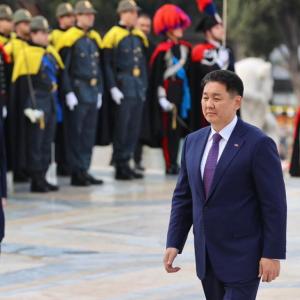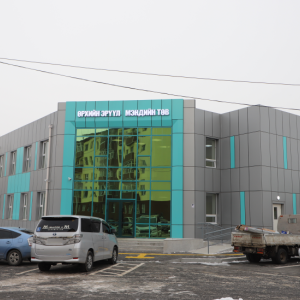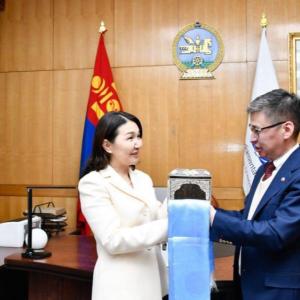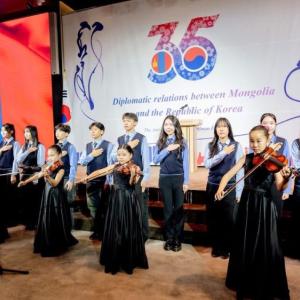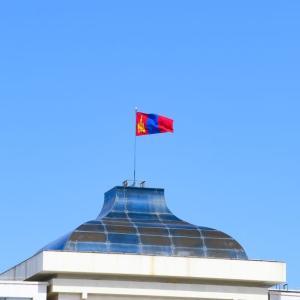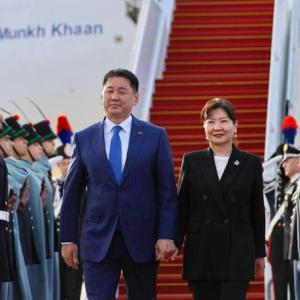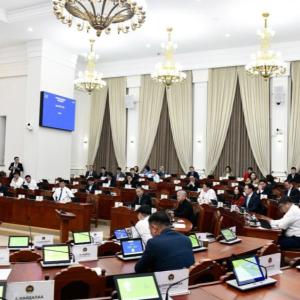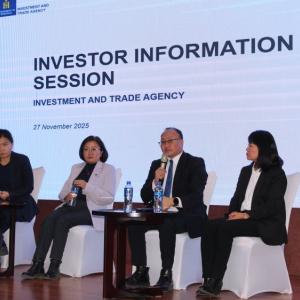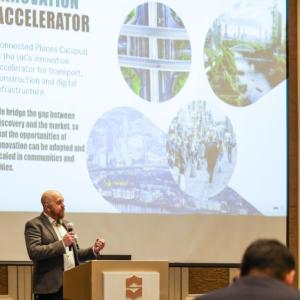Sustainable Tourism as a driver of growth
The Mongol MessengerTourism is one of the fastest growing industries in the
world, spurring economic growth for developed and developing nations alike. In
2018, international tourist arrivals increased by 5.6 percent to 1.4
billion, with a quarter of the total exploring Asia and the Pacific
countries. In other words, about 350 million international tourists arrived in
Asia and Pacific countries last year, more than doubled since 2005, spending
USD390 billion. As Asia’s middle class expands, Asian tourists are now flocking
to sites throughout the world, and domestic tourism is also booming. Globally, international tourist
arrivals are expected to reach 2.44 billion by 2030, a 75
percent increase over
2018, with Asia and the Pacific projected to account for a third
of this number.
The fact shows how important role tourism can play in the
economic development of countries. Therefore, Asian Development Bank, largest
multilateral development bank in Asia and the Pacific is focusing on tourism
and one of topics of the
52nd Annual Meeting of ADB's Board of Governors was sustainable tourism
as a driver of growth. “Tourism is becoming an important contributor to gross
domestic product (GDP) and jobs. To make tourism sustainable, we must protect
the environment, cultural heritage, and communities through appropriate
policies and regulations. ADB
is supporting sustainable tourism through infrastructure investments, policy
reforms, and institutional development. ADB will promote regional cooperation
for tourism and help Asian countries take advantage of their beautiful
landscapes, rich cultures and histories, and warm hospitality”
highlighted ADB President Takehiko Nakao during
the meeting.
On May 1-6 the
meeting was held in Fiji, the first time a Pacific country was hosting, and it
was obvious that tourism is crucial for this small economy, taking advantage of
pleasant climate, beautiful
natural landscapes and the warm hospitality of the people.
According to government officials, in
Fiji, tourism was about 14 percent of GDP in 2017. If we include indirect
contributions such as hotel construction, the share was about 40 percent of
GDP.
Tourism plays a large role in the Asian economy. Spending on hotels and airline tickets reached USD92 billion in 2018 with an estimated 78 million new jobs created. The indirect impact such as through tourism-related investment on new hotels or airplane purchases was larger at USD2.94 trillion, creating an estimated 180 million jobs. “In the past, tourism was a luxury, accessible to a limited number of privileged people. Today, so many people globally and in this region are enjoying tourism. The number of tourists has dramatically increased, thanks to a growing middle class, more leisure time, budget airlines, the influence of social media, better quality tourist infrastructure, and policies to promote the tourism industry. Tourism is important for job creation due to the labor-intensive nature of its services. As robotics and artificial intelligence become more common, there will be a natural desire for more human interactions and seeing real things. We can make tourism more human and inclusive by investing in the right skill sets of people. We must also pursue sustainable tourism by protecting nature, the environment, cultural heritage, and local communities. Otherwise, cities, beaches, and forests lose their attraction. Appropriate policies and regulations are essential” underlined Mr. Nakao.
Mongolia has a small but rapidly growing tourism sector. In
2017, tourism comprised 11.4 percent of Mongolia's gross domestic product
(GDP), generating USD1.2 billion, 10.4 percent of total employment, and 121,500
jobs. By 2028, tourism is forecast to comprise 11.0 percent (USD2.1 billion) of
GDP and provide 149,000 jobs. International visitor arrivals totaled 471,239 in
2017 and are forecast to increase to 1 million by 2028. Developing the tourism
sector is a high national priority to diversify the economy and create jobs.
The government's plans to expand tourism focus on ecotourism in protected
areas, which encompass 21 percent of Mongolia's area and are targeted to reach
30 percent by 2030.
ADB’s first-ever tourism project in Mongolia is a project that benefits the environment and livelihoods at Khuvsgul Lake National Park in northern Mongolia. Khuvsgul Lake National Park has long been considered one of the jewels in the crown of Mongolia’s protected area estate. More than 1 million hectares of stunning snow-capped mountains and forested hillsides surround Khuvsgul Lake, which supports 70 percent of Mongolia’s—and 1 percent of the world’s—freshwater. Its pristine waters are vital to Mongolia, while the park’s wilderness and biodiversity values are of global importance. Khuvsgul aimag (province) is increasingly becoming an international tourist destination and the Integrated Livelihoods Improvement and Sustainable Tourism in Khuvsgul Lake National Park Project helps create jobs, develop sustainable community-based tourism, and protect the environment.
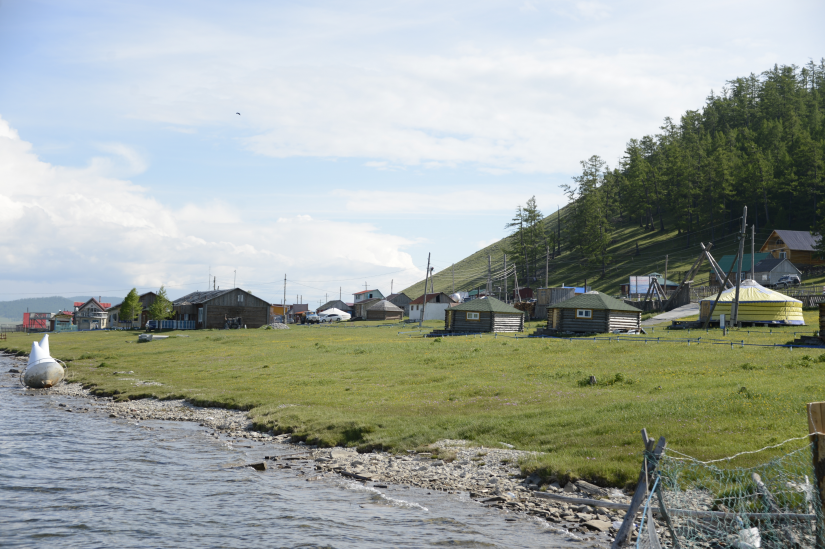
Mongolia ranks low in the Travel and Tourism
Competitiveness Index. Challenges include low service standards, inadequate
infrastructure, and a short tourism season due to harsh winters. Most protected
areas are underfunded and located in remote regions of high poverty. Tourism,
if unmanaged, may also result in ecological and cultural impacts and provide
few local benefits. To address these issues, the government has initiated the
National Program on Tourism Development, 2016-2030, which aims to establish
Mongolia as a global destination for nomadic culture. The program outlines a phased
approach for tourism development that focuses initially on protected areas in
northern, central, and eastern Mongolia. It prioritizes investments in visitor
facilities, transport and sanitation infrastructure, and community-based
products and services. Five sites are listed to pilot and catalyze ecotourism
development, two of which are designated the highest priority: Khuvsgul Lake
National Park (KLNP) in Khuvsgul Aimag and Onon-Balj National Park (OBNP) in
Khentii Aimag.
Therefore, ADB’s forthcoming project- Sustainable Tourism Development Project will help transform the two national parks as models for economically inclusive tourism and conservation in the protected area network, by improving park infrastructure, sanitation, and capacity to manage tourism growth sustainably. The designs emphasize tourism benefits for communities, protection of natural capital, and climate-resilient facilities; and scale up from previous grant projects in each park. The parks are at very different stages of tourism development. In 2017, the KLNP received about 89,000 visitors and the OBNP received about 20,400 visitors. Improved road and air access to the KLNP was established in 2010. Since then, visitor numbers have increased rapidly, and the park has become a major national tourism destination. Growth has been unplanned and has resulted in severe seasonal congestion, damage to natural resources, and few community benefits. In contrast, the OBNP has limited road and no air access, but a road to the park will be constructed in 2021 as part of government efforts in regional tourism. Without planning, this may result in rapid increases in visitor numbers and similar impacts as at the KLNP. The KLNP and OBNP reflect many of the challenges faced in developing sustainable tourism in Mongolia's protected areas.
Tourism can damage the environment which, over time, reduces visitors and revenues. Governments and the tourism industry can work together to avoid this, noted the participants of the Governors’ Seminar, titled “The Role of Tourism for Sustainable Development,” at the 52nd Annual Meeting. The seminar discussions highlighted many points that relevant to all countries which are developing or striving to develop tourism including Mongolia. Tourism should be encouraged as a key contributor to investment, employment, and tax revenues through investment in both infrastructure and people, underlined the participants.
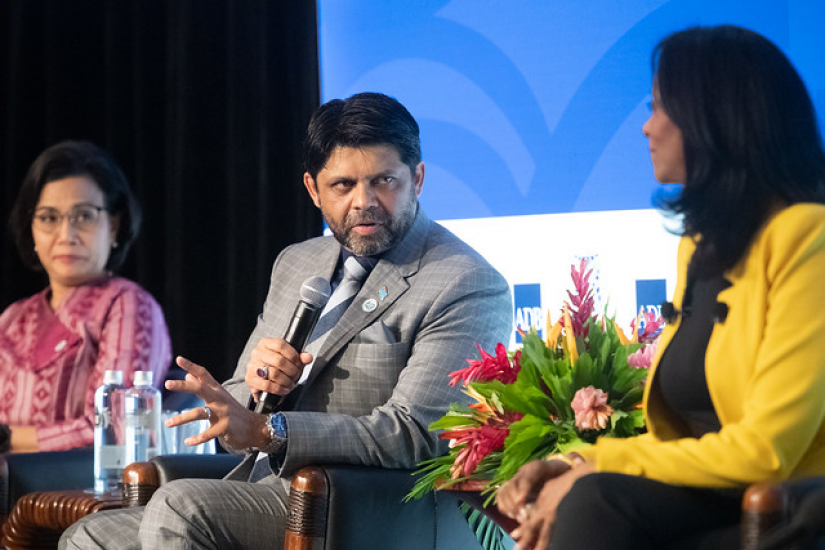
Mr. Aiyaz Sayed-Khaiyum, Fiji Attorney-General and
Minister for Economy, Civil Service, and Communications stressed the importance
of ensuring resilience to both natural hazards and the longer-term issue of
climate change. “The infrastructure that goes to the hotels—the
electricity cables, the water, the sewers, etc.—the government needs to build
resilience on that. The other aspect of the environment and climate change is
to do with the oceans … all countries need to make a consolidated effort in
respect of climate change.” He also pointed to the need to ensure that as much
of the value of the tourist spending as possible is retained within the host
country by using local products and services.
New forms of tourism are emerging to cater to diverse
demands. Activities that embrace adventure, culture, health and wellbeing, are
all on the rise. But the influx of tourists can have negative side effects. It
can put pressure on infrastructure and natural resources. It may also erode
cultural heritage and traditional ways of life. How can countries maximize the
benefits of tourism while containing the side effects? How can tourism enrich
the lives of both visitors and hosts?
Opinions of the representatives of different countries show
that to develop sustainable tourism many issues should be carefully
considered.
 Ulaanbaatar
Ulaanbaatar





